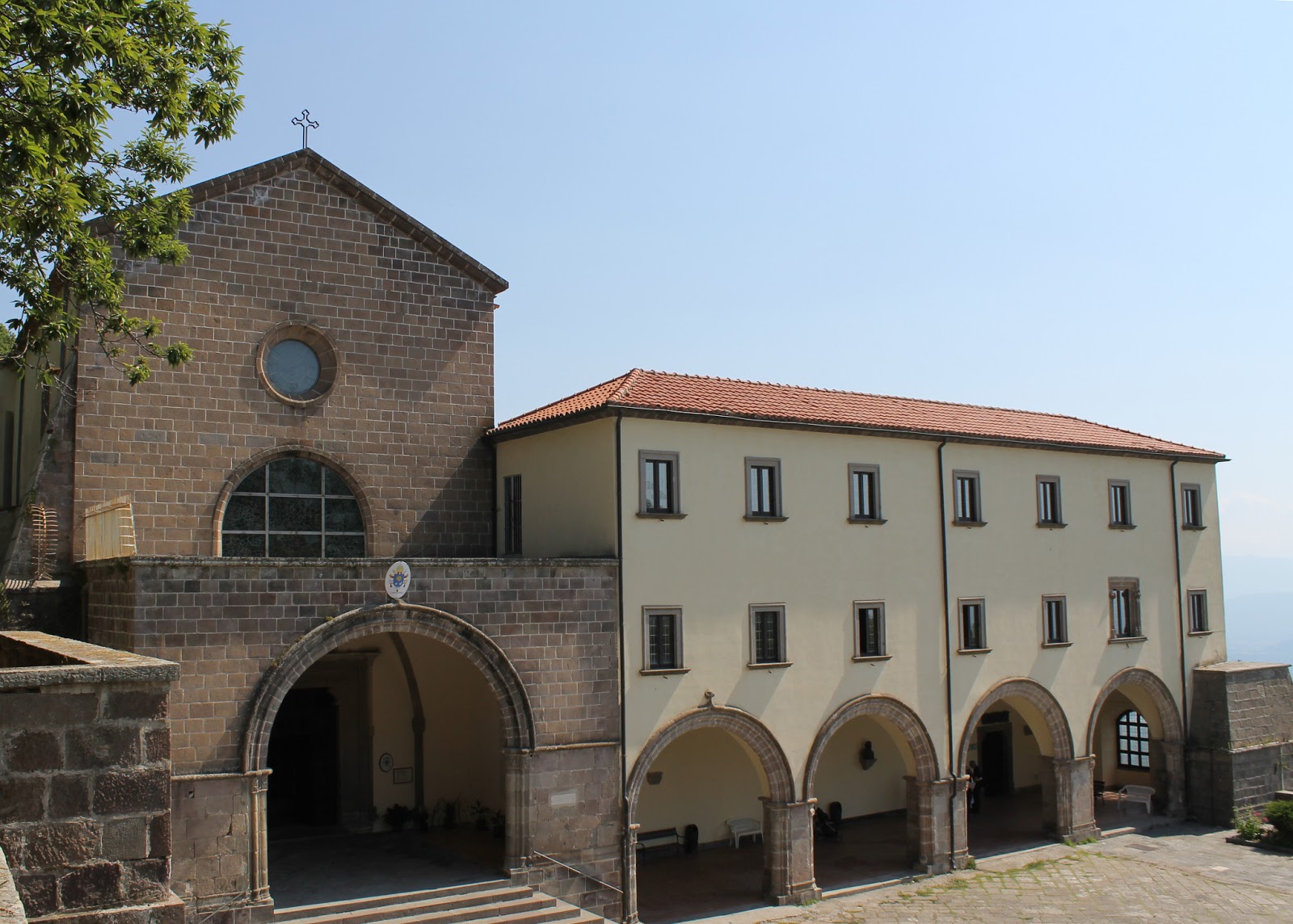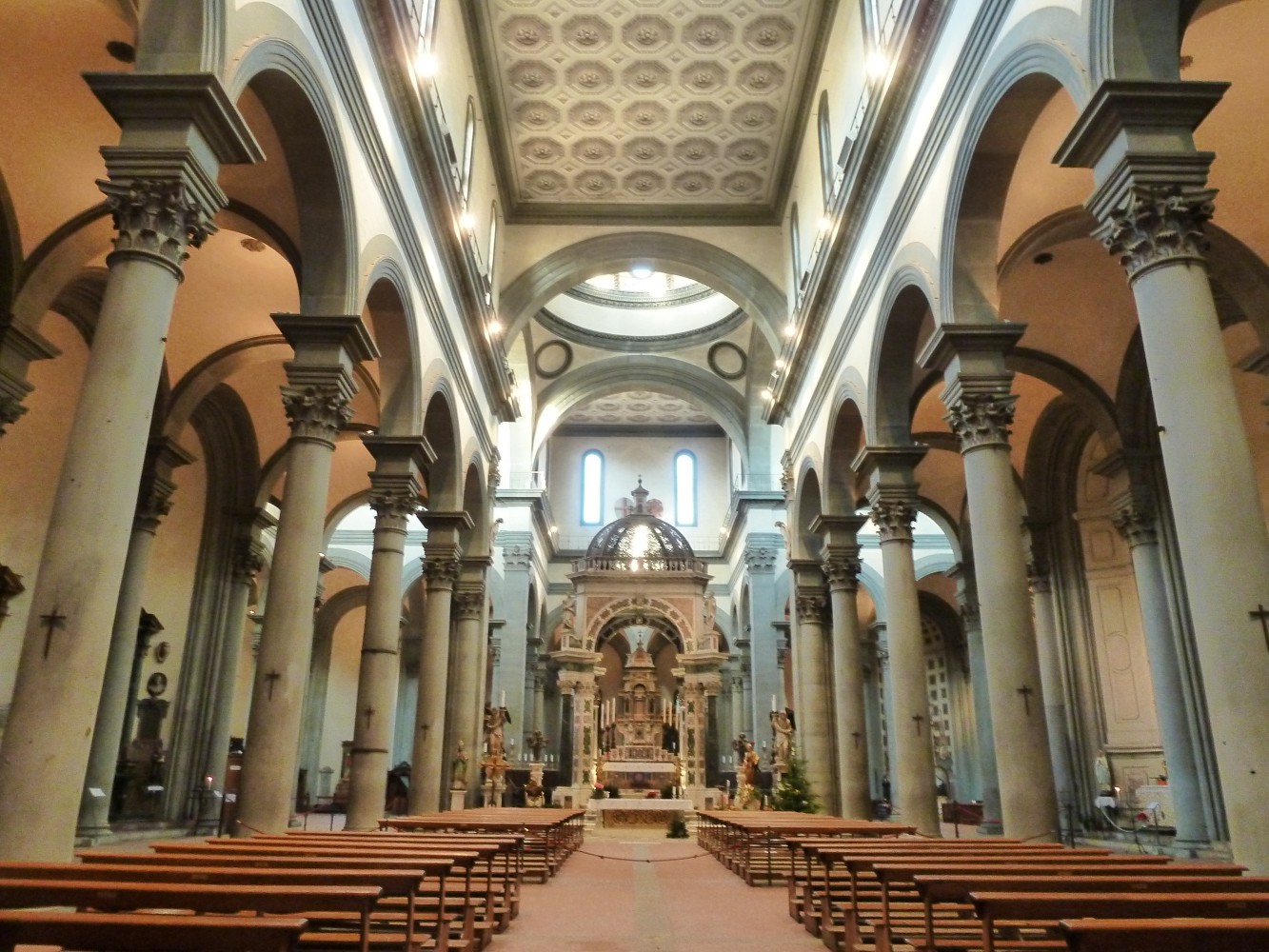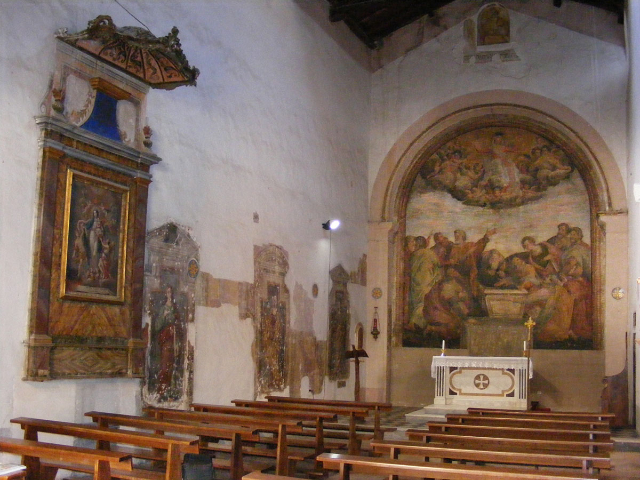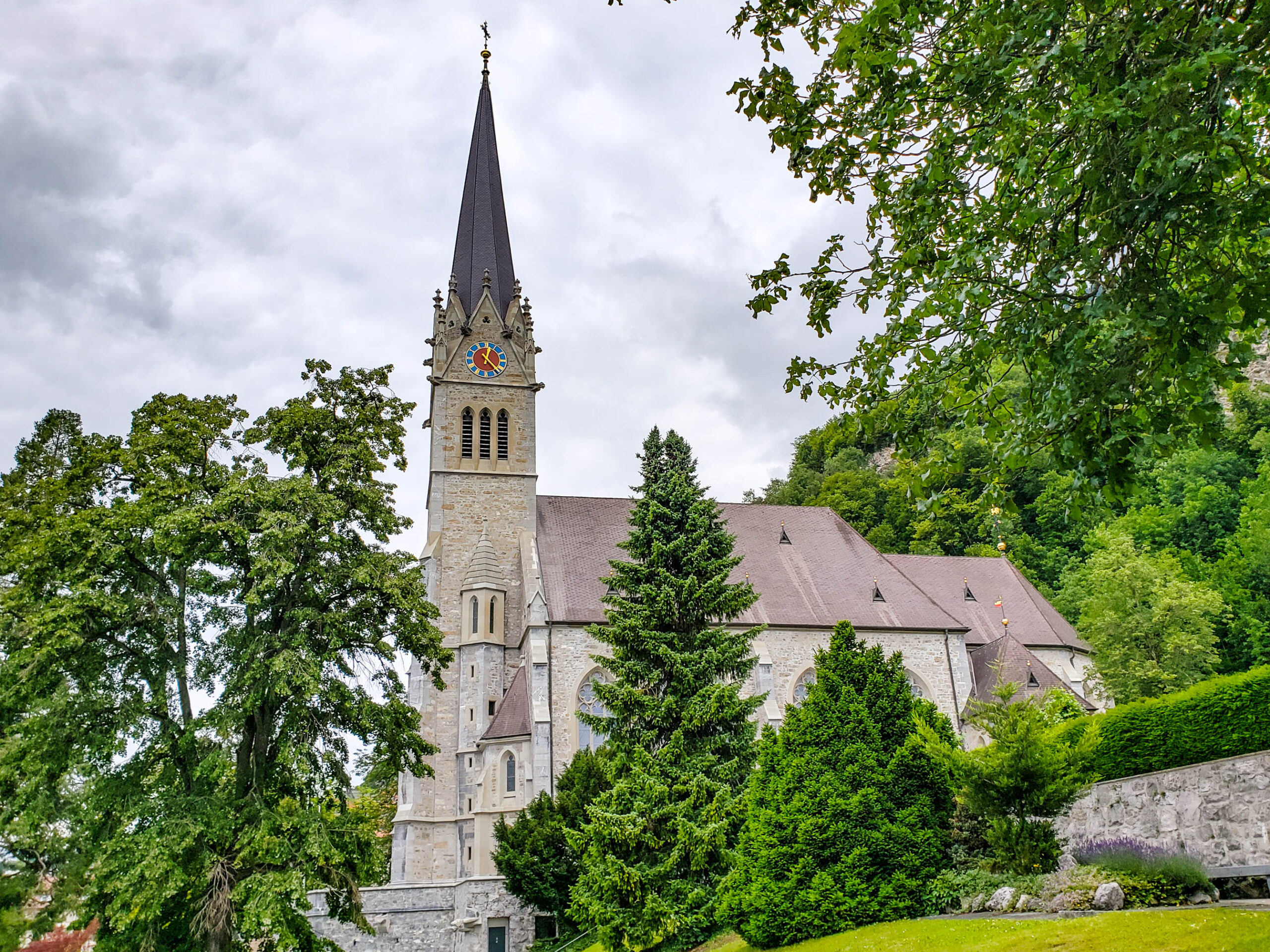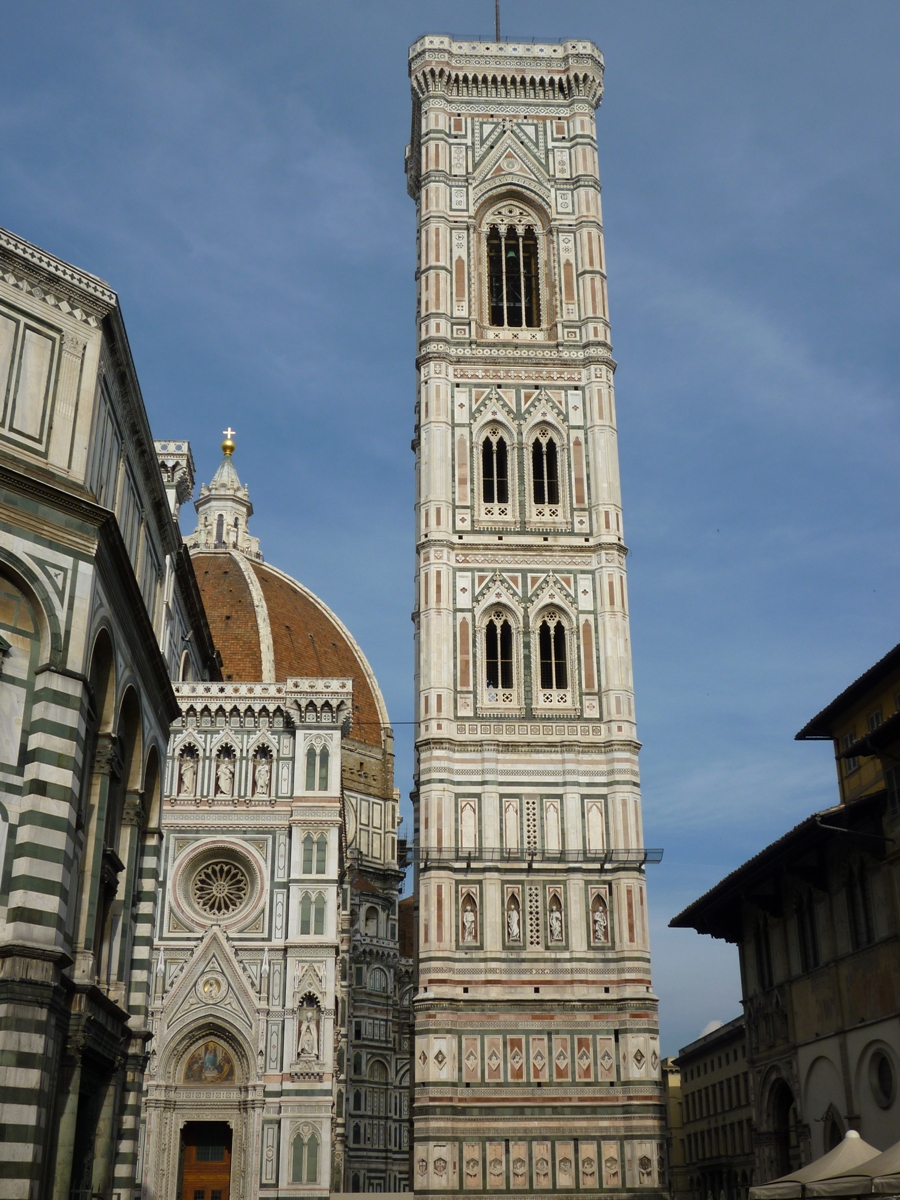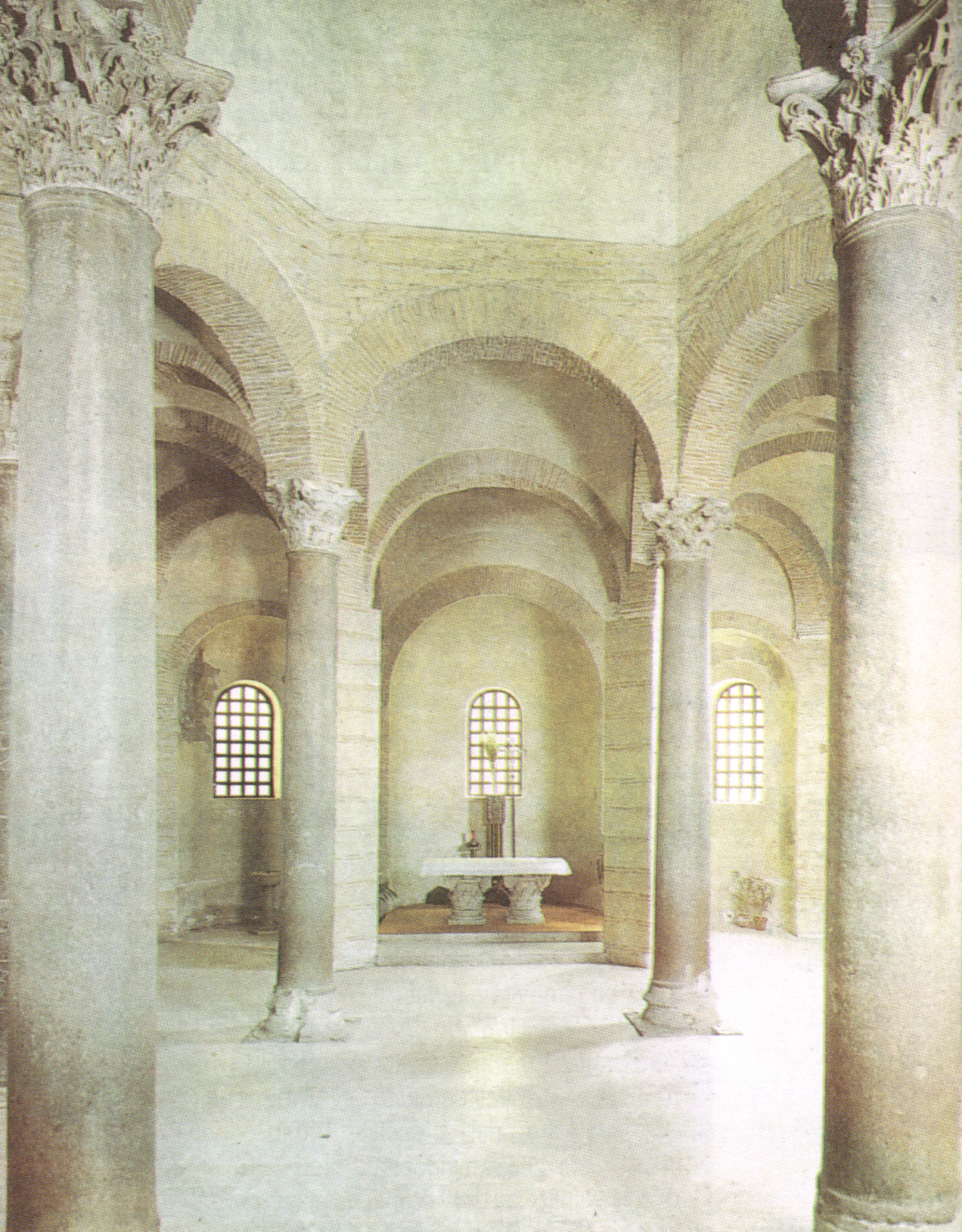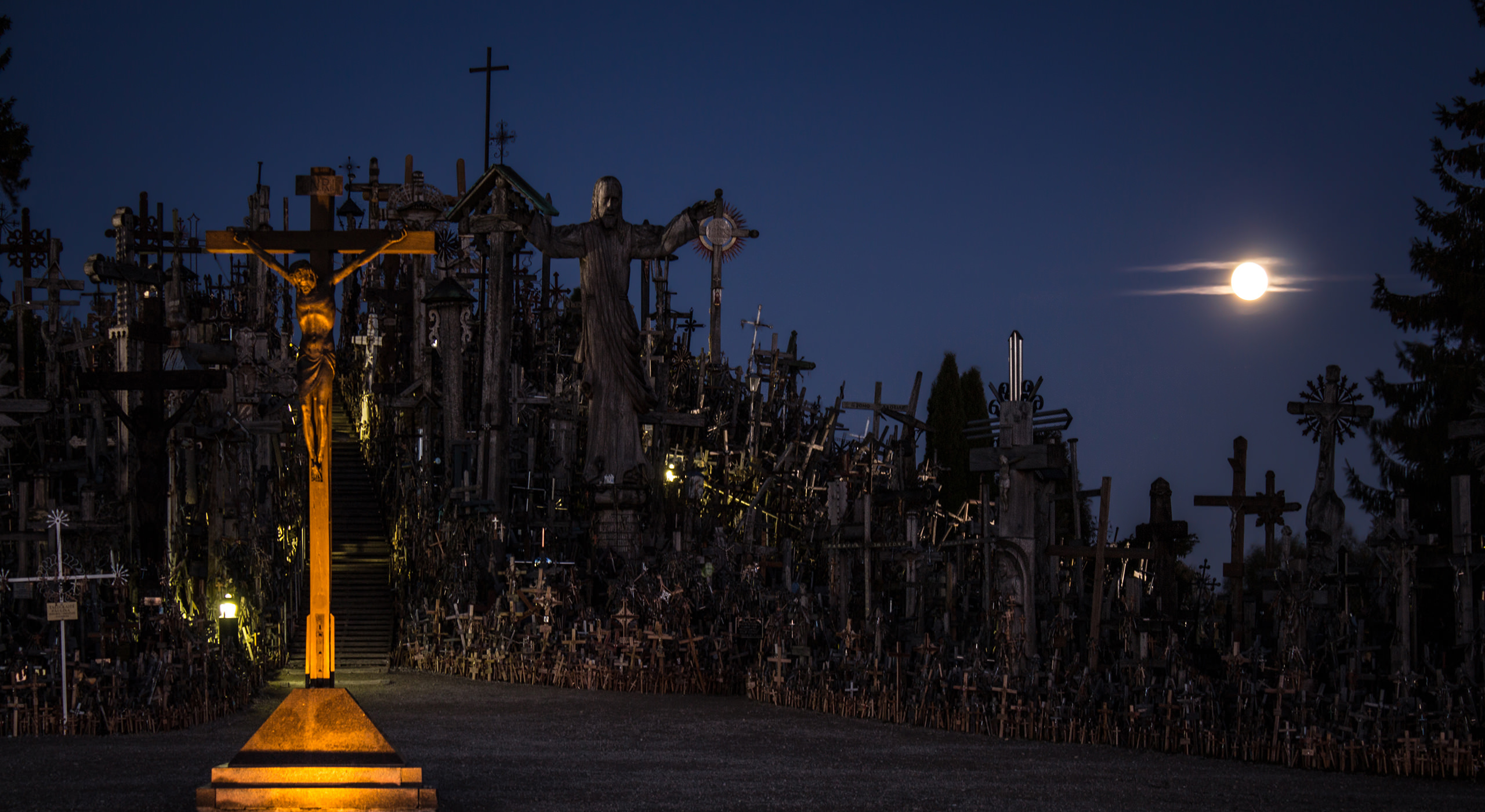The attribution "of the Lattans" to Our Lady and the Shrine as a whole is not uniquely motivated. There are, in fact, those who claim that it is to be referred to the namesake that indicates its location and/or the location of reference of the Holy Icon, but there are also those who refer to a legendary goat defined as "lattifera" that was the cause of the aforementioned "miraculous" finding. Still others refer to a place originally linked to the cult of the fountains and it is precisely S. Maria delle Fonti that Fr. Francesco Gonzaga calls it in the 16th century, in his work De Origine Seraphicae Religionis Franciscanae de Observatia (Rome 1587- 527)
Pope Pius XII, in his Pontifical Brief Vitae Hujus Jactati of May 12, 1952, instead gives her the more ecumenical and majestic title of Regina Mundi.
he Sanctuary of Maria Santissima dei Lattani is beautifully situated on the wooded slopes of the Roccamonfina Volcano, and is the most representative monument of this town. The religious complex, founded in 1430 by St. Bernardino of Siena and St. Giacomo della Marca, includes the church, the Hermitage of St. Bernardino, the cloister, the convent, and the courtyard. Tradition has it that around the years 1429-1430 a shepherd boy, while intent on guarding his herd of goats, discovered a Holy Image of Our Lady in a cave. The news spread quickly outside the village as well, and it began to attract so many crowds of pilgrims that St. Bernadine and St. James made a stop on Mount Lattani. The two friars, understanding the situation, worked to build a temple in which to place the statue worthily. Thanks to donations that arrived conspicuously, they began the construction of a first chapel, later enlarged and transformed into a Romanesque church (1430), which, in turn, would become a final church in the Gothic style, completed between 1448 and 1507, and restored between 1962 and 1999.
The church can be reached after climbing a majestic flight of steps made of local stone, ending in a Gothic-style pronaos over which the chestnut-wood entrance portal (1507) opens. The interior has a single nave with cross vaults supported by elegant pillars. In one of the side chapels is preserved the original statue of Our Lady found in the cave. On the left side of the church is access to the cave where the discovery occurred. On the right side, however, is the magnificent rectangular cloister surrounded by columns of different shapes that support part of the Franciscan friars’ dormitory. Very interesting are the paintings adorning the vaults and walls, executed by Father Tommaso da Nola between 1630 and 1637.
In the main courtyard of the religious complex is the fountain of Our Lady, dating from the 1400s and artistically crafted. Popular tradition attributes the spring water with miraculous properties, guaranteeing those who drink it the birth of sons. On the left side of the courtyard, for those entering, is the famous Romitorio di San Bernardino, probably built before the chapel, later becoming a reception center for pilgrims. The building has remained virtually identical to its original layout, and is most notable for the beautiful window ornamented above with a "fretwork rose" in basalt stone .
